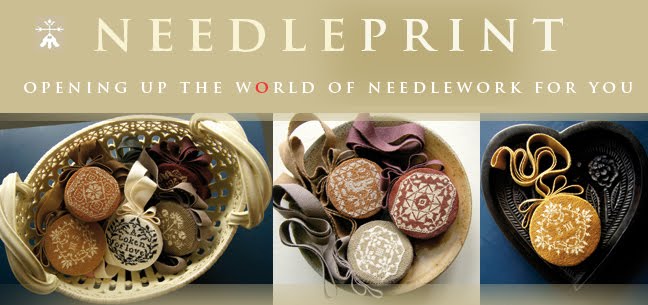 The Gentleman's Daughter is one of my favourite books for the informed insight it provides into genteel women's lives of the late 18th and early 19th centuries. If you have not yet read this book, I thoroughly recommend you lay it down for some very enjoyable winter reading. Some of you might have read Amanda's review last week of the book Mrs Delany and Her Circle in which she probed some established thinking upon the usefulness - or not - of 'women's arts'. She concluded by stating that we have lost the ability to read the eloquence and multivalency of of the items women produced. And she extends this thesis further in her latest book - Behind Closed Doors.
The Gentleman's Daughter is one of my favourite books for the informed insight it provides into genteel women's lives of the late 18th and early 19th centuries. If you have not yet read this book, I thoroughly recommend you lay it down for some very enjoyable winter reading. Some of you might have read Amanda's review last week of the book Mrs Delany and Her Circle in which she probed some established thinking upon the usefulness - or not - of 'women's arts'. She concluded by stating that we have lost the ability to read the eloquence and multivalency of of the items women produced. And she extends this thesis further in her latest book - Behind Closed Doors.
It has been historical thinking for some time that men and women pursued very different trajectories through their mortal lives: men aspiring and rising to the stars; women constrained to a 'lower' realm. A less high-flown example is my sister-in-law excitedly buying wallpaper for her just-bought new home, only to find when she returned home that her husband and some chums had just demolished said wall. However, Amanda argues that all was not as one-sided and unidimensional as it might appear on the suface and that in Gerogian times, at least, there was considerable blurring of the traditional male and female spheres. But what I think will interest you most in this book is the re-evaluation of female crafts. She comments that if such work was not valued, if it was scorned, then how is it that it survives in great quantities amongst many museums and private collections? (Though not always sufficiently valued today to be allotted a place on display.) She asks us to understand that such work was executed with great pride and pleasure.....I just hope that those not already entranced by women's arts will also read this book and see for themselves the astonishing and life-enhancing beauty achievable by women - and men! If you would like to read a more in-depth review of this book by the Guardian Newspaper, just click here.


No comments:
Post a Comment